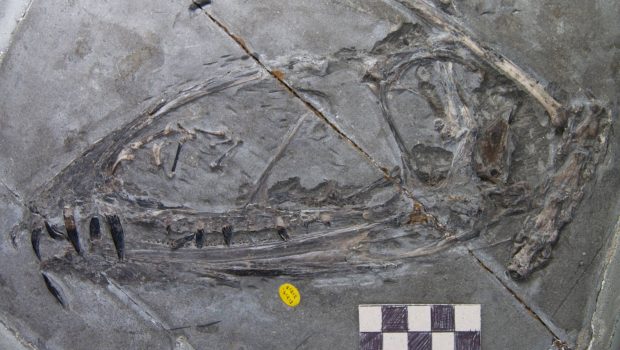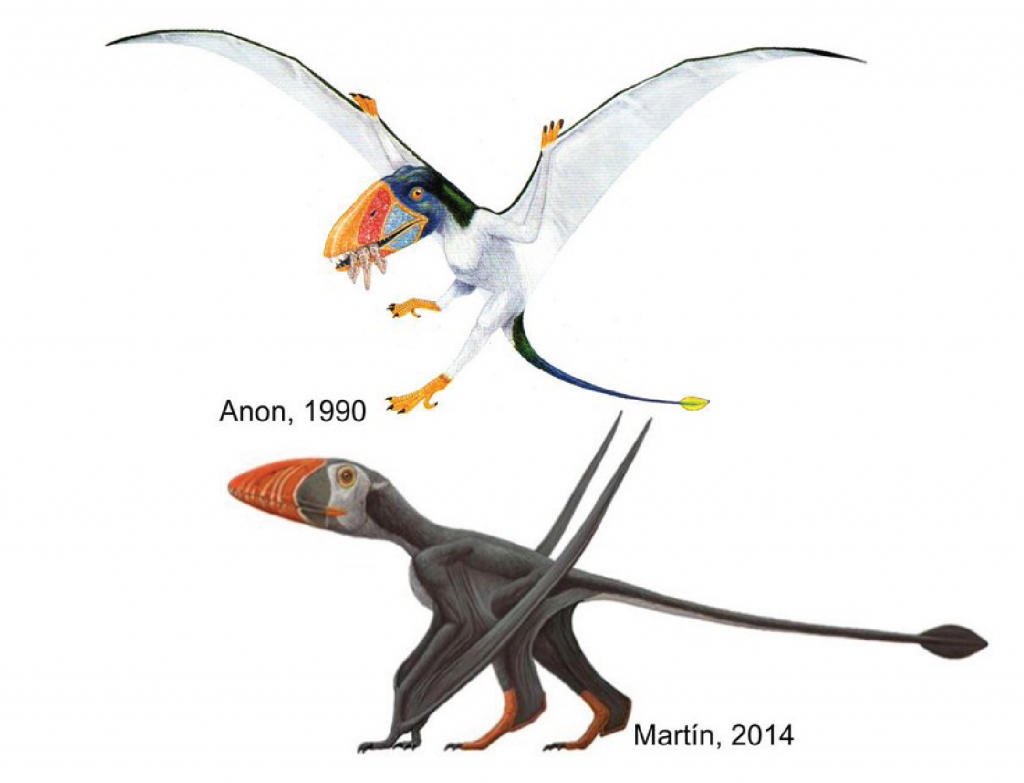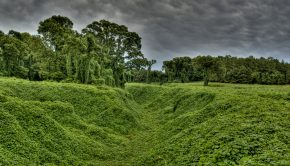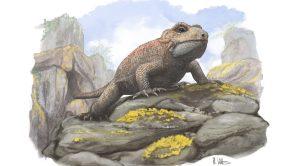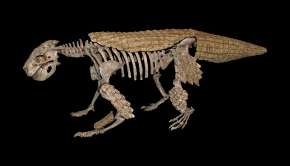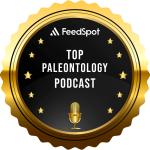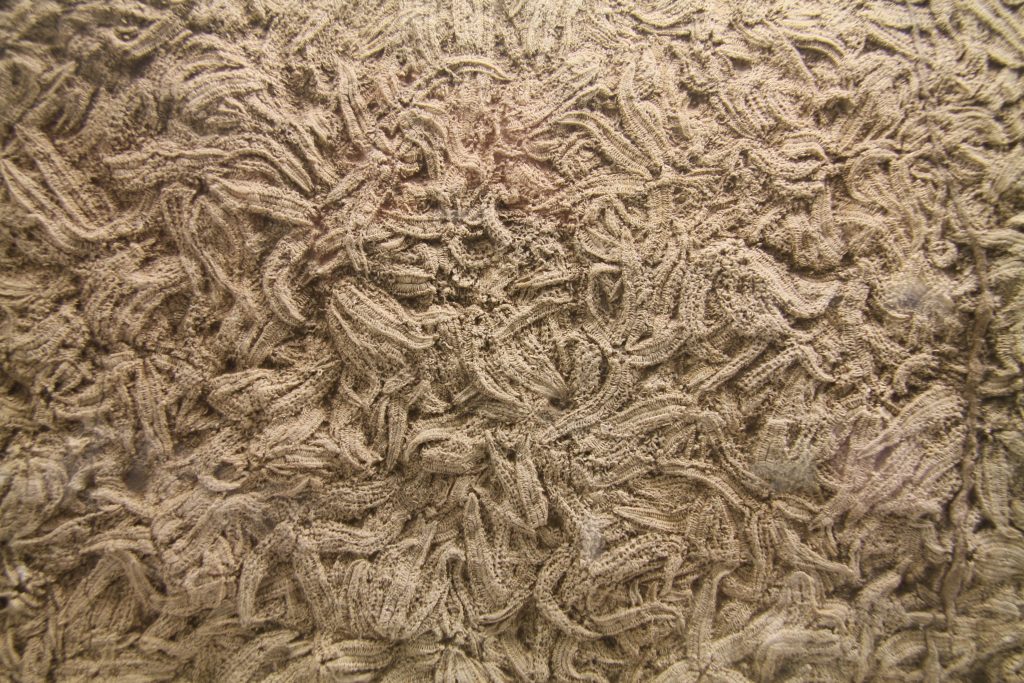Speculation and conjecture obscures the true pterosaur menu
Whenever we think about extinct animals we often imagine them tucking into their favourite meals, whether it be a Tyrannosaurus rex munching on a Triceratops steak, or a woolly mammoth enjoying an Ice Age salad. But how often do we ask whether our ideas are grounded within scientific reasoning, or are actually little more than hunger-based conjecture and speculation? Representatively understanding the diets of extinct animals is therefore important for learning how organisms fitted within their respective palaeoecosystems.
Pterosaurs are one such group of extinct animals where our dietary knowledge is lacking. While dietary ideas are summarised in very good pterosaur textbooks, little attention has been paid to the types of evidence, if any, that support them. New research, published in Biological Reviews has attempted to address this issue by uncovering not just what we know about pterosaur diets, but by also asking ‘how do we know what we know about pterosaur diets.’
Over 300 pterosaur dietary statements were identified from 126 published studies. Identified diets included; insectivory, piscivory (fish), carnivory, durophagy (hard-shelled organisms), herbivory/frugivory, filter-feeding and generalism. Particular attention was also paid to the types of evidence supporting these statements, which were broadly categorised as either qualitative or quantitative. Qualitative evidence included: comparative morphology, comparisons of pterosaur morphological structures with modern organisms; fossilised traces of food items in the throat/gut region of a specimen; spatiotemporal associations with taxa and/or depositional environments; and ichnofossils. Quantitative evidence included: functional morphological analyses, such as finite element analyses or flight modelling; and stable isotope analysis.
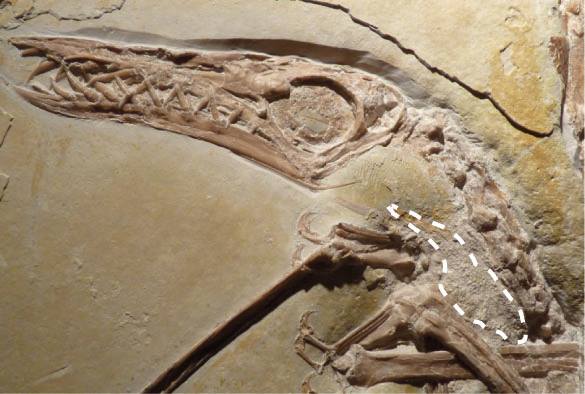
Beautifully preserved Rhamphorhynchus, housed at the Wyoming Dinosaur Centre, USA. Rhamphorhynchus is almost unanimously agreed to have been a fish eater. Fossilised fish remains in the throat of this specimen is highlighting by the white dashed area. Image adapted from Frey & Tischlinger, (2012).
In total, the vast majority of pterosaur dietary ideas are based on qualitative evidence with comparative morphology, particularly of the skulls and teeth, underpinning sixty percent of all ideas. Multiple diets are hypothesised for most taxonomic groups of pterosaur but exhibit vastly different levels of consensus. Rhamphorhynchus for example, a pterosaur with a 2 m wingspan from Upper Jurassic Germany (145 million years ago), is almost unanimously agreed to have been a fish-eater based on multiple lines of evidence. Evidence includes: fossilised fish traces in their stomach/throat regions, observed similarities between their teeth and those of fish-eating crocodilians and associations with shallow marine depositional environments. Other pterosaurs in contrast exhibit a much lower consensus. Azhdarchid pterosaurs for example, which include species with wingspans of 10 metres or more like Hatzegopteryx, have at least six different diets argued.
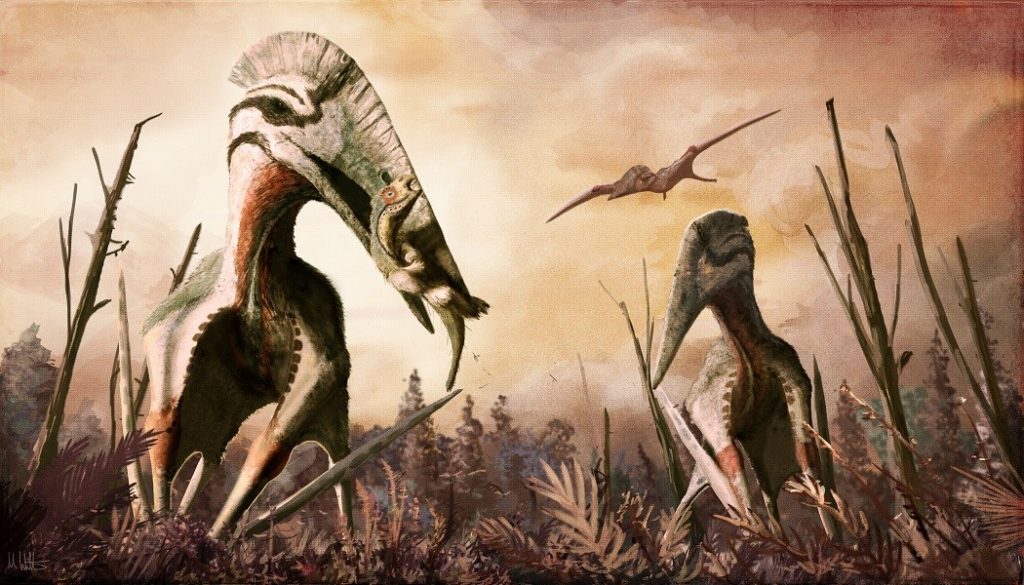
Restoration of the azhdarchid pterosaur Hatzegopteryx catching an unsuspecting dinosaur for supper. In addition to carnivory, azhdarchids have been hypothesised as piscivores, insectivores, frugivores, durophages and generalists. Credit: Mark P. Witton/CC BY 4.0.
What is surprising is that many pterosaur dietary ideas, when made at the time at least, do not hold up to scientific scrutiny and/or have no available means of testing. Dimorphodon, for example, is a pterosaur with a 1.5 m wingspan from the Lower Jurassic of the UK (200 million years ago). At the turn of the 20th century the skull of Dimorphodon was noted similar in shape to the skulls of Atlantic puffins (Fratercula arctica), despite the two skulls formed from different biological materials. Nevertheless, Dimorphodon was hypothesised as a piscivore and with no way of reliably testing this idea, it became “perceived wisdom” for the rest of the century. Only in the last few years have flight models shown that Dimorphodon may have been a poor flier and was thus perhaps more at home foraging for terrestrial food items on the ground.
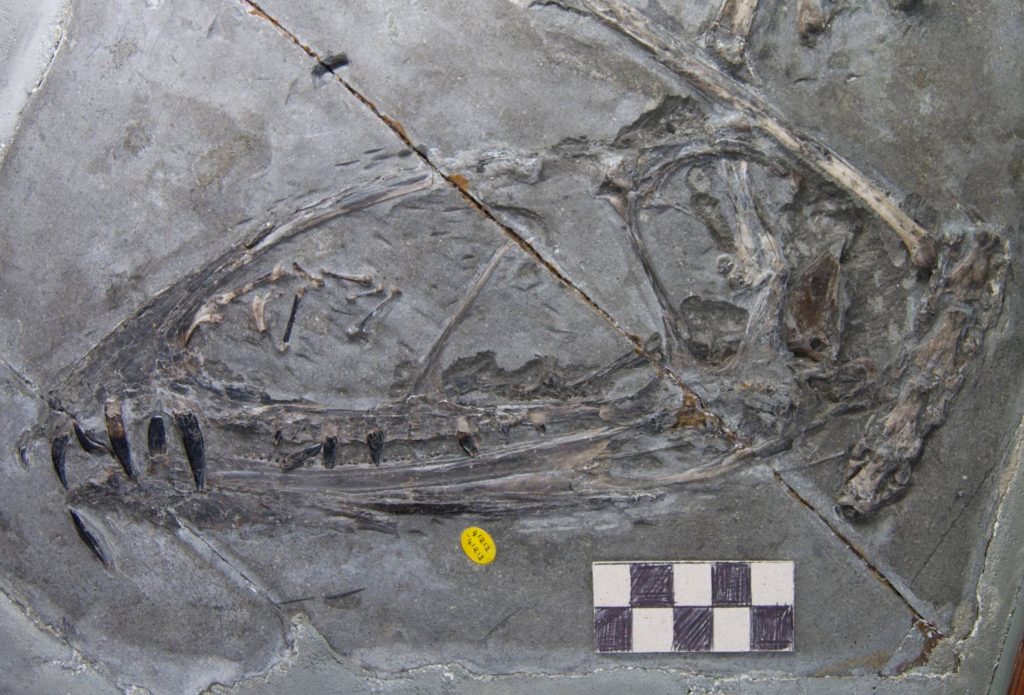
Skull of the basal pterosaur Dimorphodon, housed at the Natural History museum in London. The shape of the Dimorphodon snout initially reminded people of the bills of Atlantic puffins (Fratercula arctica), and hypothesised the pterosaur used its snout for the same function i.e. catching fish. Credit: Jordan Bestwick.
Overall, we still have a fair way to go before we can reliably agree on what pterosaurs were eating. Greater use of experimental-led approaches, in conjunction with other lines of evidence, will help construct plausible dietary hypotheses in pterosaurs with low levels of consensus, and to independently test interpretations in pterosaurs with higher levels of consensus. This is by no-means a “quick-fix” however, as careful experimental design, along with a thorough understanding of the techniques employed, is vital when using experimental-led approaches.
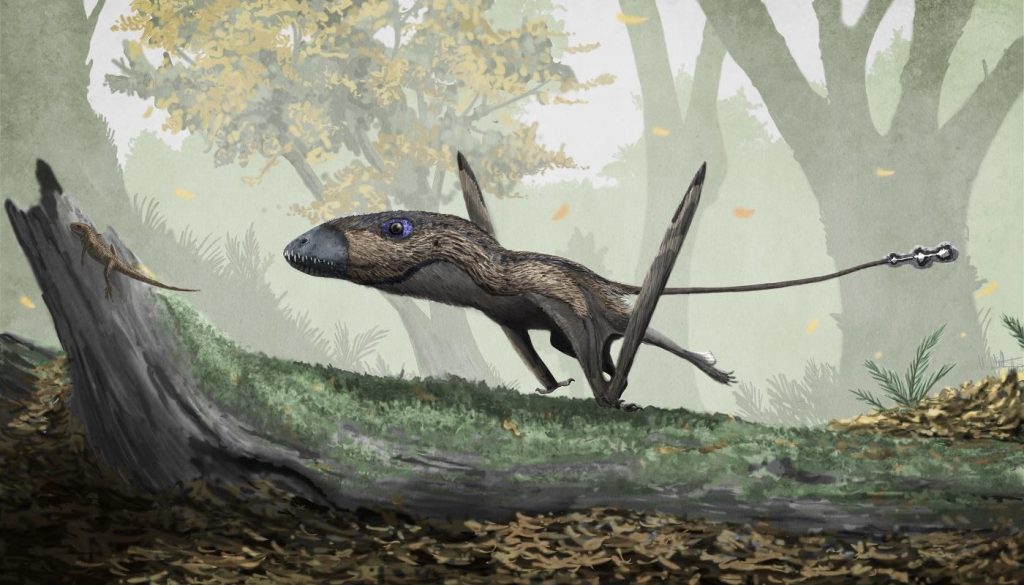
A more recent restoration of Dimorphodon based on flight models indicating the pterosaur in fact had poor flight abilities. Dimorphodon may therefore been more at home foraging for terrestrial food items on the ground. Mark P. Witton/CC BY 4.0.
This research also illustrates the importance of drawing robust conclusions from repeatable results when conducting dietary research for any group of extinct organisms. Only then can we reliably uncover true biological signals behind dietary diversity and disparity which will facilitative representative reconstructions of their palaeoecosystems.
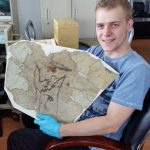 Jordan Bestwick is a third year PhD student in palaeobiology at the University of Leicester. His research investigates the diets of pterosaurs by examining the micron-level 3D textures of their tooth surfaces – known as microwear analysis. This research has seen Jordan racking up lots of air miles with museum visits to Germany, USA, Canada and China. You can follow more about Jordan’s research on twitter @JordanBestwick1
Jordan Bestwick is a third year PhD student in palaeobiology at the University of Leicester. His research investigates the diets of pterosaurs by examining the micron-level 3D textures of their tooth surfaces – known as microwear analysis. This research has seen Jordan racking up lots of air miles with museum visits to Germany, USA, Canada and China. You can follow more about Jordan’s research on twitter @JordanBestwick1
References
Frey, E. & Tischlinger, H. (2012) The Late Jurassic Pterosaur Rhamphorhynchus, a Frequent Victim of the Ganoid Fish Aspidorhnchus? PLoS ONE 7, e31945.

